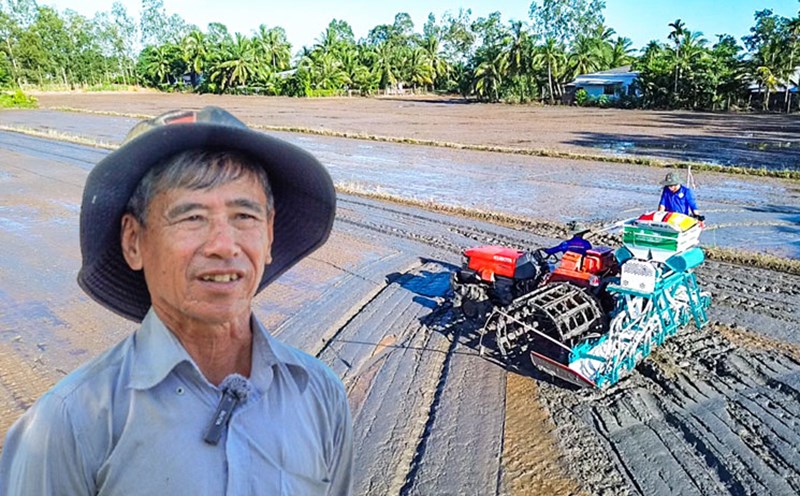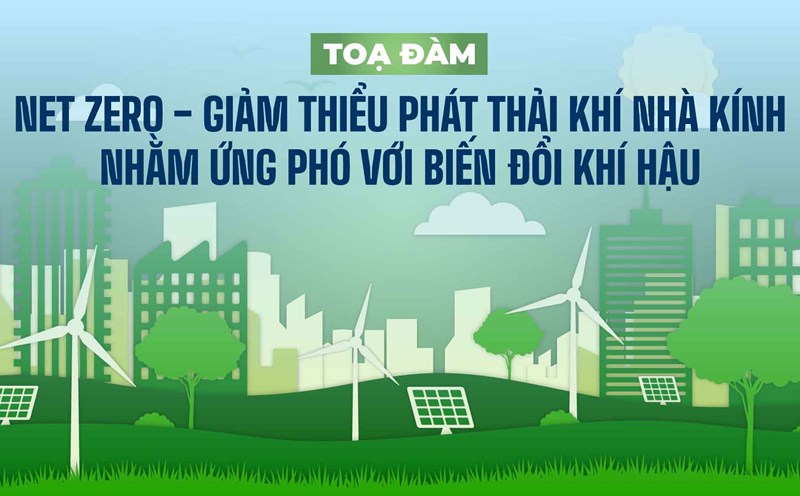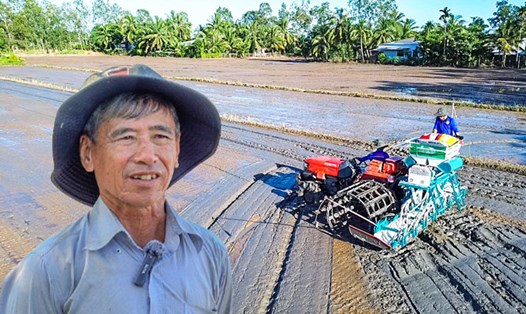Fine dust PM 2.5 threatens health
According to data at 8:00 a.m.on November 19, at the air quality monitoring station of the Department of Environmental Pollution Control (Ministry of Natural Resources and Environment) at 556 Nguyen Van Cu, Long Bien District, the PM 2.5 dust index was 117 - equivalent to poor air quality, level 3 on a scale of 6.
According to the warning, sensitive people will encounter health problems.The measuring point at Hanoi University of Science and Technology, Giai Phong Street, Hai Ba Trung District, had a poor PM 2.5 dust index at 8:00 a.m.the same day at 114.
According to Dr. Hoang Duong Tung - Chairman of the Vietnam Clean Air Network, air pollution (PM2.5 fine dust) is a hot issue in many cities across the country, including Hanoi and Ho Chi Minh City. Through monitoring data in recent years, in Hanoi, there are years when more than 30% of the days in the year have air quality index at bad and poor levels. More worryingly, this trend is not decreasing but increasing.
Dr. Hoang Duong Tung said that PM2.5 fine dust particles are tiny and carry a lot of toxic substances with a diameter of less than 2.5um, 30 times smaller than a human hair. They are especially dangerous because they can penetrate deep into the lung sacs and pulmonary veins, reducing lung function, causing asthma and lung cancer and entering the circulatory system. Fine dust is the cause of placental blood poisoning, causing slow fetal development. Children are born with low birth weight, more likely to suffer from nervous breakdown and autism.
“Why is PM2.5 so high, and what is the cause? How to bring back the “blue sky” is a concern and responsibility of many people, including ourselves. Is it possible to have clean air when many production facilities disregard the law and continuously emit smoke and dust? Will PM2.5 fine dust decrease when the number of motorbikes (6 million motorbikes in Hanoi, 8 million in Ho Chi Minh City), cars (millions of cars in Hanoi and Ho Chi Minh City) using fossil fuels is increasing in the city? Green transformation is the inevitable path we must take. Green transformation in production, in economic development, in all fields” - Dr. Hoang Duong Tung emphasized.
Switching to electric vehicles helps reduce emissions
To improve the capital's air quality, the Hanoi Department of Natural Resources and Environment has issued a Plan for Hanoi's air quality management until 2030, with a vision to 2035, outlining priority action programs such as reviewing and perfecting air quality management mechanisms and policies; reducing emissions from major sources such as traffic, construction, industry, and agriculture.
In particular, in the field of transportation, Hanoi is very determined to implement green transportation. Hanoi plans to spend 43,000 billion VND from now until 2030 to invest in green buses. Among the scenarios that the city plans, Dr. Hoang Duong Tung said that the scenario of using 100% electric buses is the most determined and best for the environment. In fact, converting vehicles to natural gas, although cleaner, is essentially just changing from one fossil fuel to another.
According to Associate Professor Dr. Dam Hoang Phuc - Director of the Automotive Engineering Training Program, Hanoi University of Science and Technology - "Switching to clean energy vehicles not only helps reduce greenhouse gas emissions but also promotes technological progress in the automotive industry. Electric vehicles, especially pure electric vehicles, are the inevitable future of global transportation and Vietnam needs to increase investment in research and application of these solutions".











